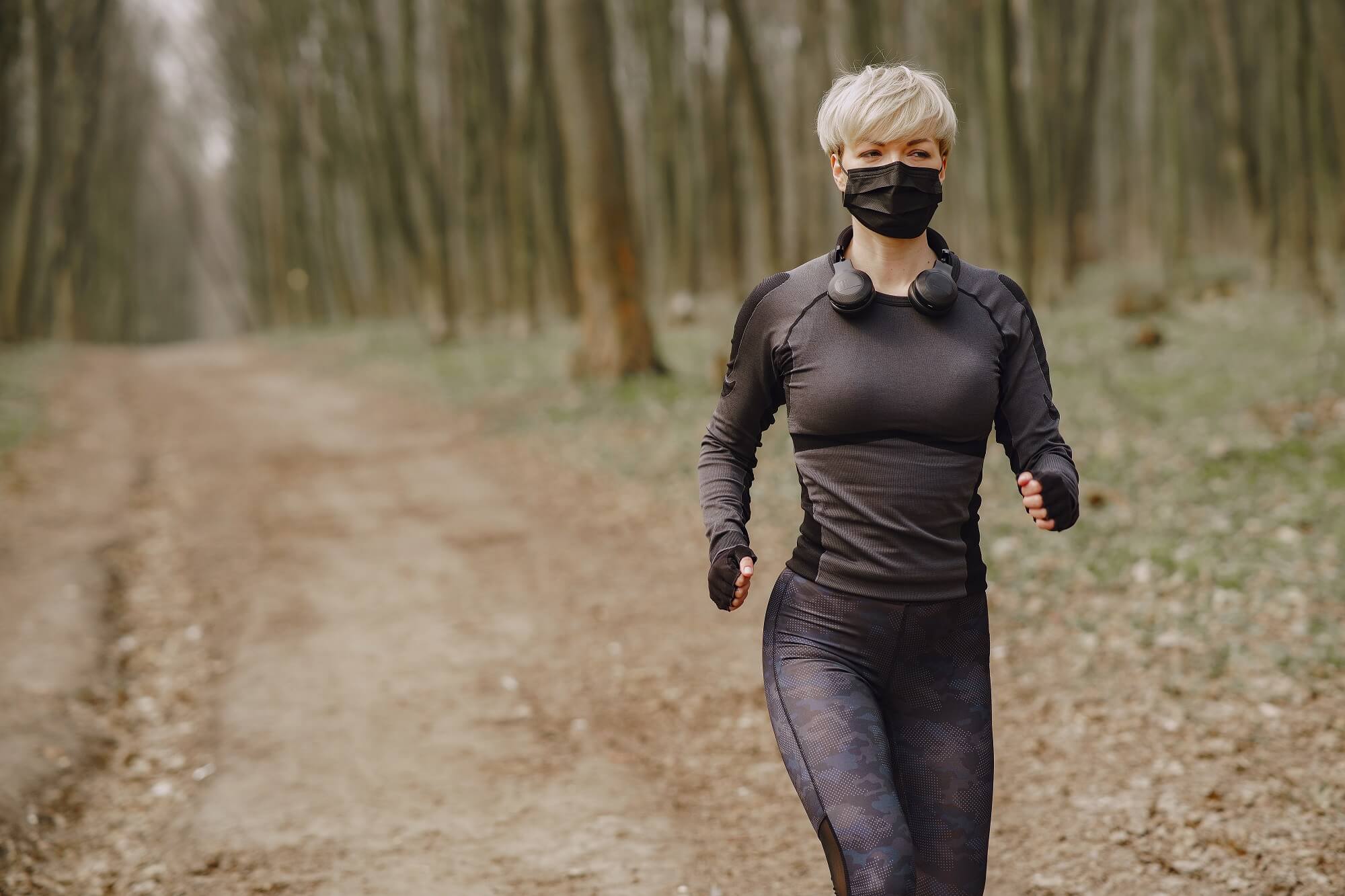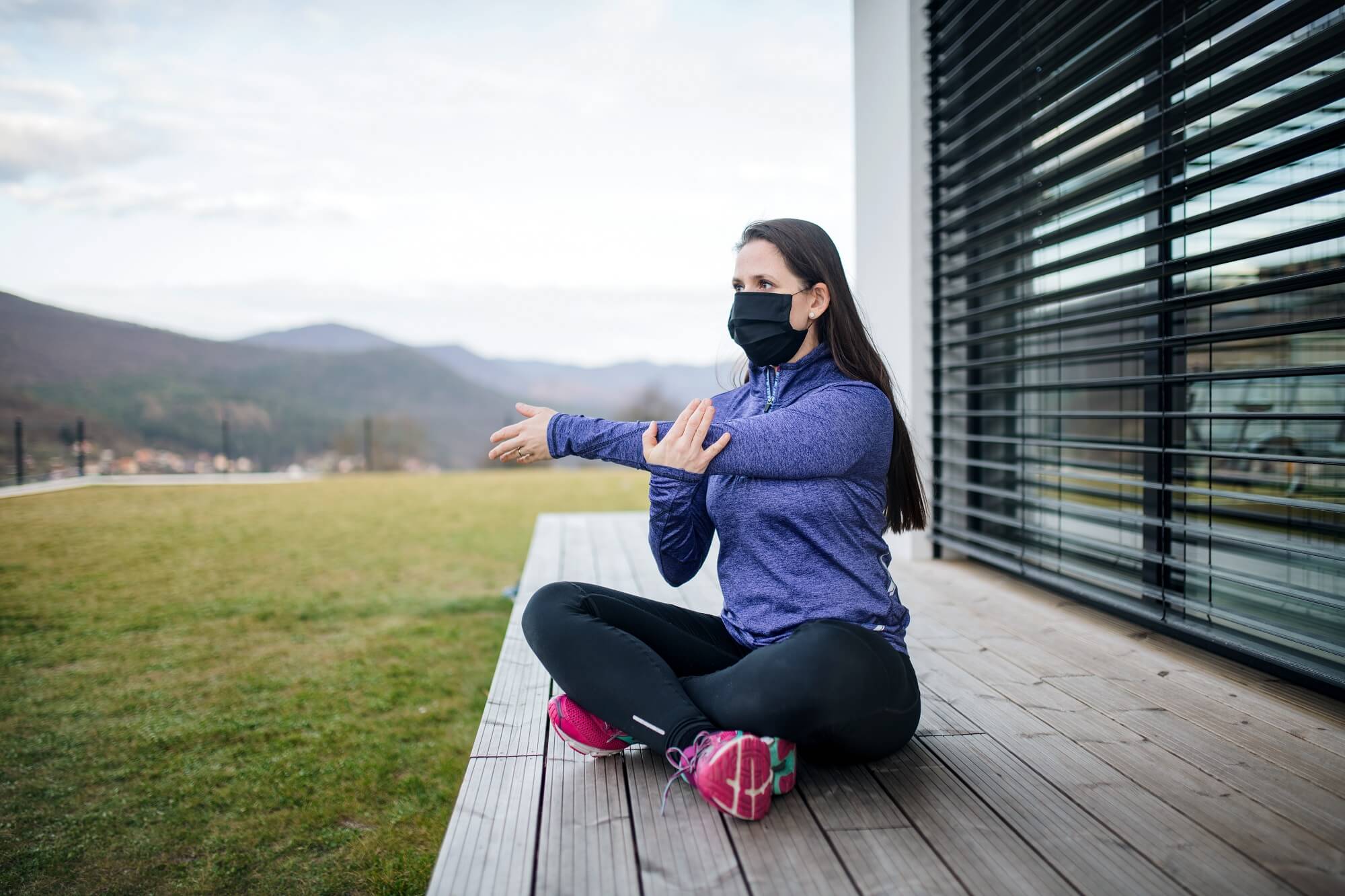Can You Wear a Face Mask While Working Out?
In specific regions across the United States and other countries, wearing a gym mask is compulsory. There is no information yet when the guidelines will end. The CDC advises people to opt for cloth facial coverings instead of the more restricting masks, like the N-95 respirators. Cloth masks provide enough breathability and protection from invading pathogens. While the respirators should be left to the health care providers. But, the question is can you wear a face mask while working out without compromising your health? According to WHO, it’s not a good idea for people to wear an exercise mask while doing physical activity. It makes breathing difficult and affects their oxygen levels. If you have to wear one, do moderate to low intensity exercises. Avoid any heavy activity that may put a strain on your muscles and oxygen levels. Heavy lifting can decrease your cognitive function and accelerate breathing rate. Which is why it is best to do easy exercises.
What Is Happening In the Body When You Wear a Mask and Workout?
When we wear a protective covering, it reduces the flow of air to the lungs. But, when exercising on a treadmill, it can reduce the oxygen level by almost 17%. That’s the equivalent of running for 1,500 meters, experts explain for Business Insider. The material forces us to breathe in less oxygen, which means there is not enough oxygen that gets to the bloodstream. With effects such as these, the working muscles don’t get the energy they need, which makes the whole exercising process a lot more taxing. Depending on the type of mask you use, you will experience a different level of airflow restriction. Thicker materials let less air move in and out of the mask. When the system doesn’t get the oxygen it needs, it starts to use the sugar in the body as a source of energy. That’s why people feel tired much quicker when having a mask on. But, with time, the body will adapt to these changes and learn how to metabolize the oxygen efficiently. However, you should still be very careful when active. If you notice dizziness or loss of balance after wearing the mask for too long, it is best to take a break and get your breathing in order.Am I Safe With the Mask On?
In general, yes. Facial coverings are considered a relatively safe option when doing physical activities, advises Grayson Wickham, a conditioning specialist, and a physical therapist for CNET. For the majority of the population, the facial covering won’t affect their performance. But, it’s still crucial to monitor your health and notice any changes in your body, like lack of breath, dizziness, tingling, numbness, etc. While we do know how masks are affecting our breathing patterns, we have yet to find out if the coverings have a physical impact on our exercising routine, experts’ advice for the New York Times. The air restriction exposes us to discomfort and balancing difficulties. Therefore, it is possible that these changes will somehow affect our exercises. Since working out at your usual pace will get you tired quicker, wearing the mask will force you to rely on intense efforts, such as changing the intervals and doing more repeats. For certain individuals, this can result in lightheadedness.Who Shouldn’t Wear a Mask When Physically Active?
According to experts, anyone with respiratory diseases or cardiovascular issues should take extra precautions when exercising with facial coverings. There is a possibility their condition can worsen over time. In cases such as these, it is best to exercise at home rather than in fitness facilities. Here is an example of the conditions that could get affected by the facial covering:
Here is an example of the conditions that could get affected by the facial covering:
- Asthma
- Bronchitis
- COPD (chronic obstructive pulmonary disorder)
- Pulmonary fibrosis
- Other lung & heart issues
Leave a Comment